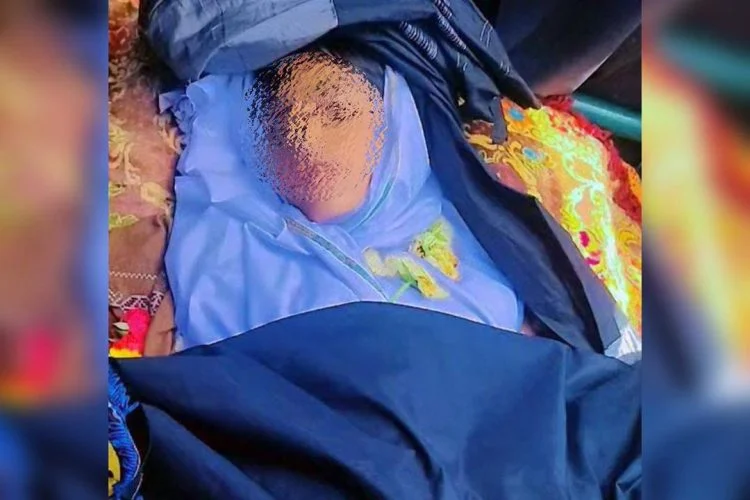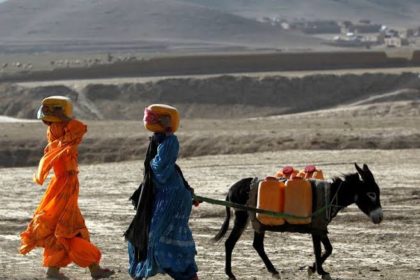RASC News Agency: As Afghanistan approaches the grim fourth anniversary of the Taliban’s forceful return to power, the country is sinking ever deeper into a morass of despair. The air is heavy not only with fear but with the growing toll of its most vulnerable teenagers driven to suicide, and civilians murdered in the shadows. While the regime hastily blames “unknown gunmen” or “criminal elements” for much of the bloodshed, credible voices on the ground increasingly accuse the Taliban themselves either as direct perpetrators or as the architects of a lawless environment in which such violence flourishes unchecked. In the most recent tragedies, local sources in Khost Province confirmed that on Sunday, August 10, two children a 15-year-old girl from Seyedkhel village in Duomandah district and a 13-year-old boy from Mitekhan village in Ismailkhel Mandozi district ended their own lives. These deaths are more than private heartbreaks; they are silent indictments of a country where the suffocating grip of Taliban rule has extinguished hope. Economic collapse, domestic pressures, and the crushing absence of any future have become the daily reality of Afghanistani youth.
Mental health experts warn that the Taliban’s governance is breeding an epidemic of psychological devastation. Rampant poverty, unemployment, and hunger have been compounded by a climate of fear in which dissent is criminalized, education for girls has been erased, and public life is policed by a network of spies and religious enforcers. “When the state itself is the source of oppression,” one Kabul-based psychiatrist explained, “the mind becomes a prison long before the body ever does.” Yet, even as suicides mount, the Taliban have issued a blanket ban on reporting such cases. Journalists who dare to break the silence face threats, detention, and in some cases, disappearance. Parallel to this hidden epidemic runs an equally chilling tide: a surge in killings cloaked in ambiguity. In Herat Province, two murders were recorded in just three days. One victim, Abdul Rasool Jamshidi, the respected elder of Yak-Darakht village in Rabatsangi district, was gunned down by so-called “unknown assailants.” The other, a shepherd in Khikhon village of Shindand district, was killed by armed thieves who fled with his livestock. In Badghis Province, however, the veil of ambiguity slips entirely two young men were executed in cold blood by Taliban fighters.
The pattern is disturbingly clear: in Taliban-controlled Afghanistan, “unknown gunmen” has become a euphemism for impunity. Local residents and human rights defenders say that these killings are not random acts of violence but calculated tools of intimidation, designed to instill fear, crush resistance, and silence opposition. Security analysts caution that the convergence of unchecked killings, institutionalized repression, and the mental health crisis could push Afghanistan’s humanitarian disaster beyond the point of return. The regime’s insistence on secrecy, its criminalization of truth-telling, and its erasure of justice have created a perfect storm where violence is normalized, and survival itself is an act of resistance.
This is not simply governance by fear it is the systematic dismantling of hope. In the shadows of Taliban rule, a generation of Afghanistani youth is being erased, not by the chaos of war alone, but by the calculated cruelty of those who claim to rule in God’s name.






